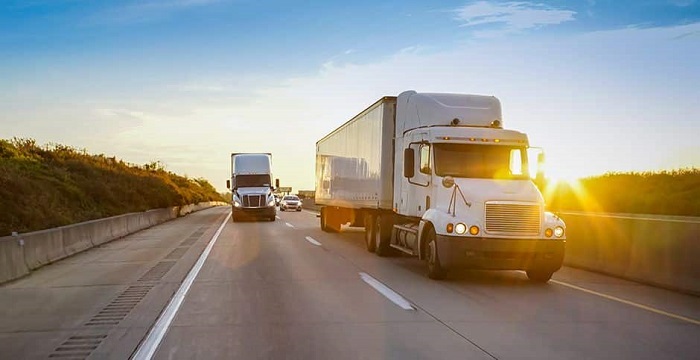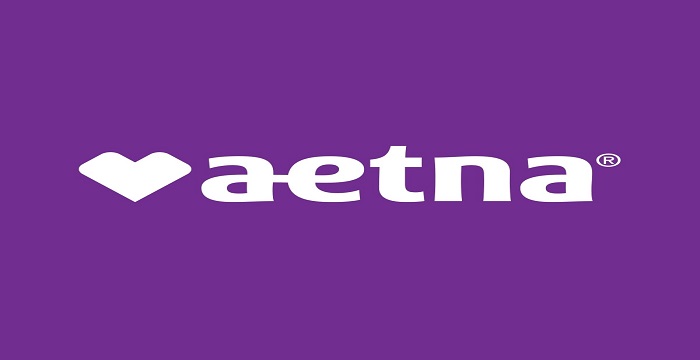
The evolution of truck insurance in the United States is closely tied to the growth of the trucking industry, which became a cornerstone of the American economy in the 20th century. With the trucking sector moving billions of tons of freight annually, the need for comprehensive and specialized insurance arose to protect operators, businesses, and the public. By 2025, truck insurance in the U.S. has become a sophisticated and highly regulated industry, offering various policies tailored to the diverse needs of trucking companies and independent operators.
Early History: 1900s–1940s

The Rise of the Trucking Industry
- The early 1900s saw the emergence of the trucking industry as motorized vehicles began to replace horse-drawn carriages for freight transportation.
- The Federal-Aid Road Act of 1916 and the subsequent Federal Highway Act of 1921 laid the foundation for a nationwide network of paved roads, facilitating long-haul trucking.
- With the growth of trucking came the realization that accidents, theft, and cargo damage posed significant financial risks. Early insurance policies were basic, covering only liability for accidents.
Introduction of Regulation
- The Motor Carrier Act of 1935 established federal regulation of the trucking industry, requiring companies to carry liability insurance. This legislation aimed to ensure that operators had sufficient coverage to compensate victims of accidents caused by commercial vehicles.
Mid-Century Expansion: 1950s–1970s
Highway Infrastructure and Increased Demand
- The Interstate Highway System, initiated in the 1950s, revolutionized freight transportation. Trucks became the dominant mode for moving goods across the country, increasing the demand for specialized insurance products.
- During this period, insurance companies began to offer more comprehensive policies, including cargo insurance, physical damage coverage, and general liability.
Growth of Insurance Providers
- Several major insurance companies, such as Progressive and State Farm, entered the truck insurance market. These firms developed tailored policies for trucking companies of all sizes, from independent owner-operators to large fleets.
- Insurers also began to offer coverage for environmental liabilities, addressing the risks associated with hazardous material transportation.
Deregulation and Challenges: 1980s–1990s
The Impact of Deregulation
- The Motor Carrier Act of 1980 deregulated the trucking industry, leading to increased competition and lower shipping costs. However, this also resulted in a surge of smaller, less-experienced operators entering the market.
- The increased number of carriers created a higher risk pool, prompting insurers to develop more rigorous underwriting processes.
Technological Advancements
- The 1990s saw the introduction of technology in underwriting and claims management. Insurers began using data analytics and GPS tracking to assess risks and offer usage-based insurance policies.
Modernization and Innovation: 2000s–2025
Focus on Safety and Risk Management
- By the early 2000s, insurers placed greater emphasis on safety, offering discounts to companies that implemented driver training programs and adopted advanced safety technologies, such as collision avoidance systems.
- Environmental concerns also prompted the development of green insurance policies for fleets using electric or hybrid trucks.
Digital Transformation
- Insurtech companies emerged, leveraging artificial intelligence and telematics to offer real-time risk assessment and customized premiums.
- Policies could now be purchased, managed, and renewed online, making the process more efficient for trucking companies.
Pandemic Challenges
- The COVID-19 pandemic highlighted the critical role of trucking in maintaining supply chains. However, it also brought new challenges, such as increased delivery demand and higher risks of accidents due to driver fatigue.
- Insurers responded by providing flexible coverage options and extending payment deadlines for struggling operators.
Truck Insurance in 2025: Key Features

Comprehensive Coverage Options
Modern truck insurance policies include:
- Liability Insurance:
- Covers bodily injury and property damage caused by the truck.
- Required by federal law for all commercial vehicles.
- Cargo Insurance:
- Protects against theft, loss, or damage to freight during transit.
- Physical Damage Coverage:
- Includes collision and comprehensive coverage for the truck itself.
- Non-Trucking Liability:
- Covers trucks used for personal errands when not operating under a trucking company’s authority.
- Environmental Liability:
- Covers cleanup costs and damages related to hazardous material spills.
Telematics and Usage-Based Insurance
- Telematics devices installed in trucks provide real-time data on driving behavior, mileage, and vehicle condition.
- Insurers use this data to calculate premiums more accurately and reward safe driving practices.
Focus on Cybersecurity
- With the increasing use of digital systems in modern trucks, cybersecurity insurance has become essential. This coverage protects against hacking, data breaches, and other cyber threats.
Climate-Resilient Policies
- Insurers offer coverage tailored to climate risks, such as flooding or wildfires, which have become more frequent due to climate change.
Top Truck Insurance Providers in 2025
Several companies dominate the truck insurance market, offering innovative policies and excellent customer service:
- Progressive Commercial:
- Known for its telematics-based policies and affordable rates for small fleets and owner-operators.
- Nationwide:
- Offers comprehensive coverage with a focus on fleet management tools.
- State Farm:
- Provides customized policies for regional and long-haul carriers.
- Berkshire Hathaway GUARD:
- Specializes in policies for small-to-medium-sized trucking companies.
- The Hartford:
- Offers robust risk management resources and tailored policies for hazardous materials carriers.
The Future of Truck Insurance
As the trucking industry evolves, so does truck insurance. The rise of autonomous vehicles, electric trucks, and advanced logistics systems is expected to reshape risk assessment and policy offerings. By 2025, truck insurance companies are leveraging cutting-edge technology to ensure safer roads, more efficient claims processes, and tailored coverage for a rapidly changing industry.



